There are many examples within the literature that illustrate the character of Mooch. To begin, Mooch clearly possesses dysfunctional personality traits. Mooch abuses alcohol and has a severe gambling addiction. Mooch irresponsibly spends money on pull tabs to keep gambling in hopes to “pull three beavers”. We also read into Mooch’s alcohol problem and how he steals his girlfriends money to buy more drinks. It’s clear that Mooch’s vices negatively affect his friends and family around him. To continue, Mooch is a traumatized victim of residential schools. Mooch says he was sexually and physically abused during his stay at a residential school “only 5 minutes away from home”. Now that we understand Mooch’s past and his trauma, we understand why Mooch carries dysfunction. Mooch uses gambling and alcohol as tools to suppress his traumatic memories which he refers to as “shadows”. Last, Mooch is a resilient character. Mooch has seen and experienced many painful moments yet still holds on and finds enjoyment in life despite of his current issues and past.
Mooch is a character who is broken by a traumatic past that keeps haunting him. He doesn’t want to deliberately hurt people but sometimes he’s unaware about how much his actions affect others. We can’t justify Mooch’s behaviour but we can understand why Mooch is Mooch.
Author Archives: Rohan
Core Competency Self-Assessment
Thinking
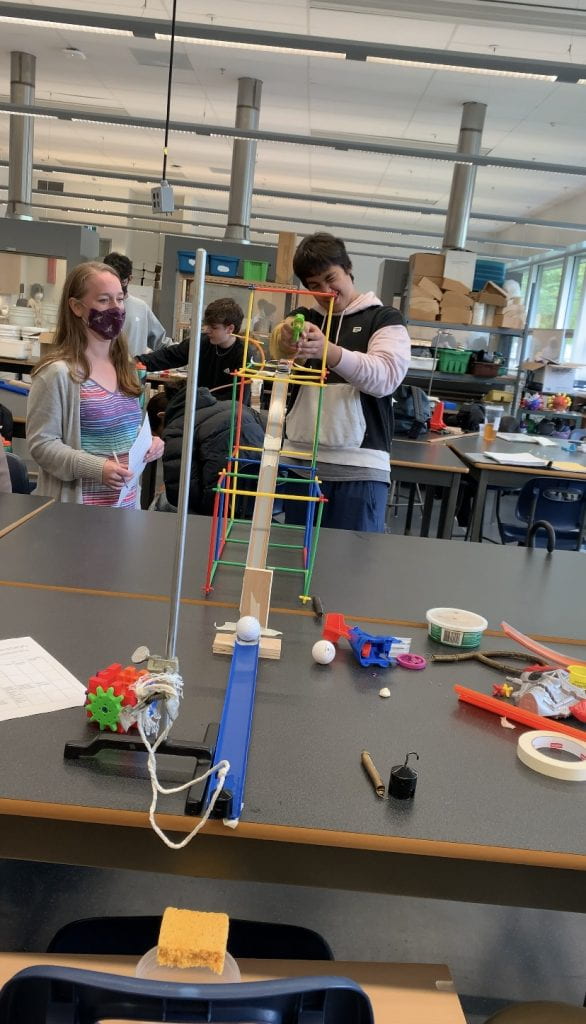
In science class, we had to create a Rube Goldberg machine in 2 days. My partner and I had a lot of ideas and we just combined multiple things until something worked. I can form new ideas to create new things. I can also build on the ideas of others.
Rube Goldberg machine:
– A nerf gun shoots a bullet at the toy car stationed at the top
– The car goes down the ramp and rams the wooden block
– The wooden block falls and hits the golf ball moving it
– The golf ball rolls downwards and hits the weight.
– The weight hits the sponge into the cup of water and the golf ball rolls into the cup.
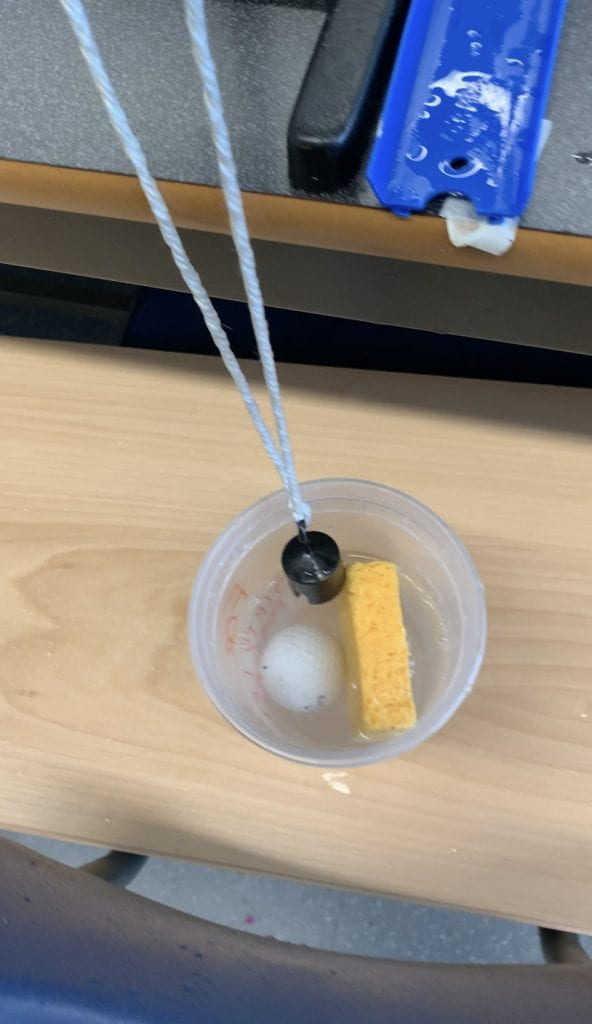
Core Competency Self-Assessment
Collaborating in CLE 10
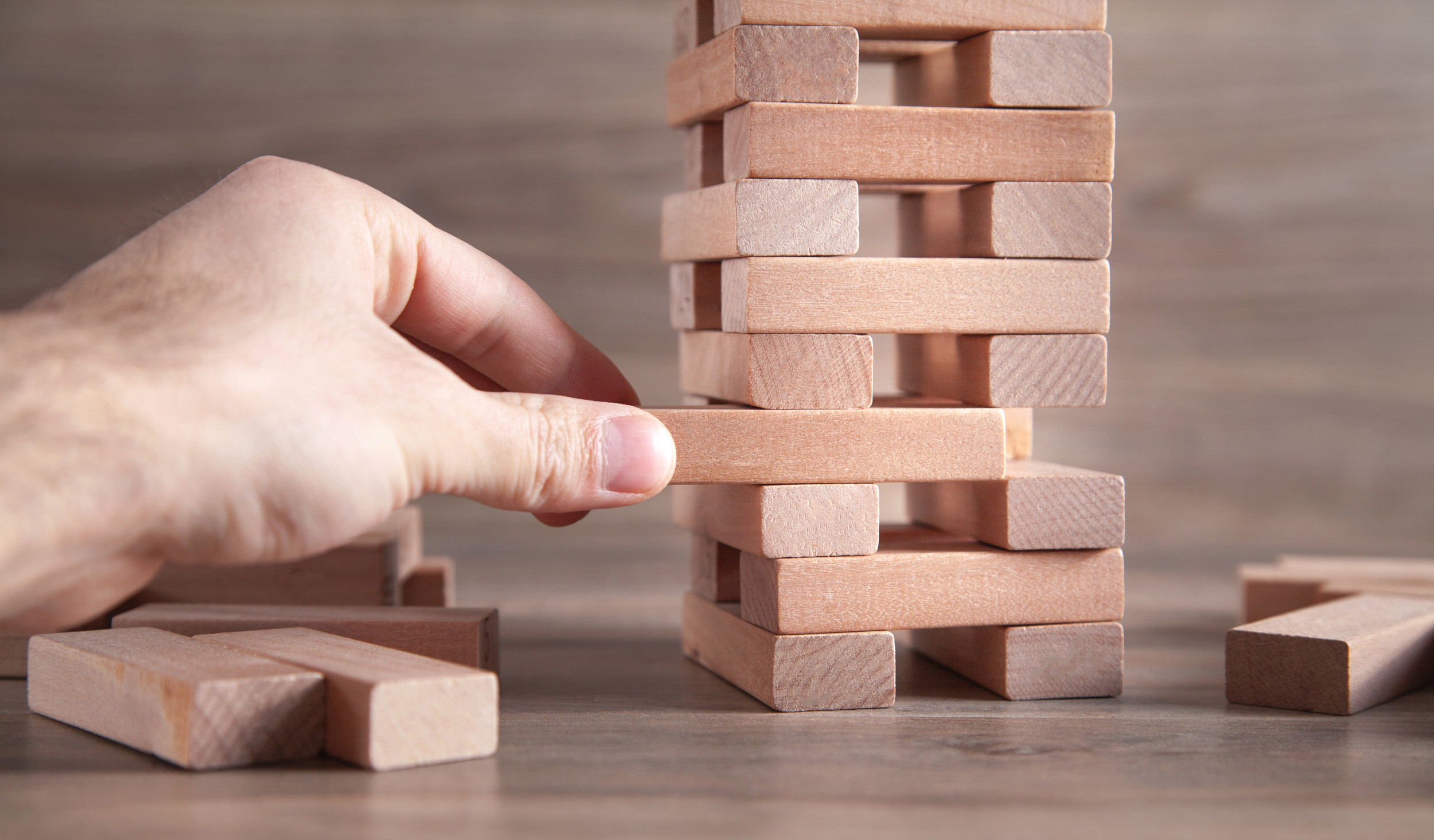
In familiar situations, I cooperate with others for specific purposes.
During one of our classes we played a game of Jenga where we had to answer an interview question for each piece we took out. I was put into a group with three other people in my class, we all took turns taking out a piece and answering questions. We were able to share our answers to each other and communicate clearly, no one was being uncooperative and we all respectfully listened to what each person had to say.
Spanish 10 Core Competency Reflection
Collaborating
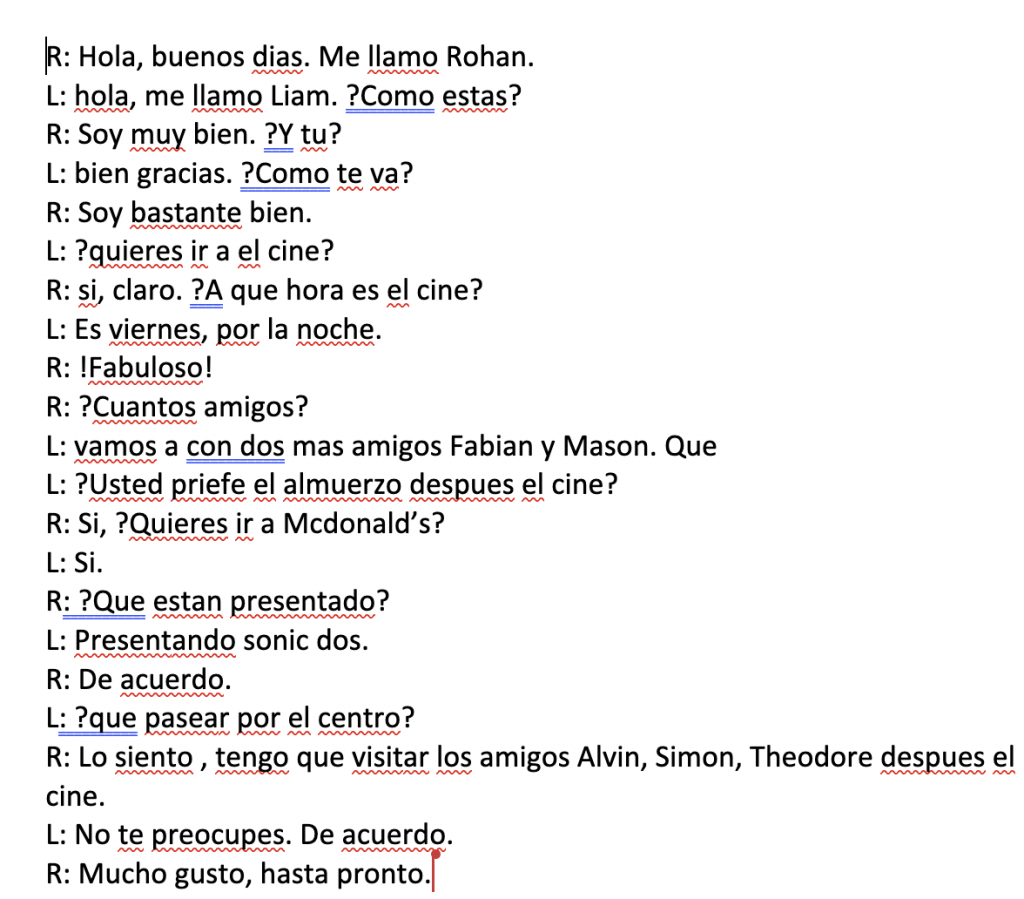
I displayed my collaborating skills by creating a conversation in Spanish with a classmate. We communicated with each other on how we wanted our Spanish conversation to go and we both did our share of the assignment. We used our time working effectively, finishing around 70% of the assignment the first day. My partner and I have already started practicing our lines as this conversation assignment will have to be presented in front of the class.
Core competency Self-Assessment
Reflection on Social awareness and Responsibility
Genetics Unit – Beginning
I can value diversity, defend human rights, advocate for issues, and interact ethically with others.
What are some pros and cons of knowing what your genes are? Who should or should not have access to that information?
Genes are the reason every person is unique, they control your appearance and how your body works. Identifying diseases and health risks that run in your family is easier by understanding your family’s genes. The people who should have access to your genes are healthcare providers such as doctors, nurses, etc. Healthcare providers can use your family’s genes to help treat disorders and diseases, it also helps them prescribe medicines. You should share your disorders and diseases to people you know or work with so they provide support to you whenever they can.
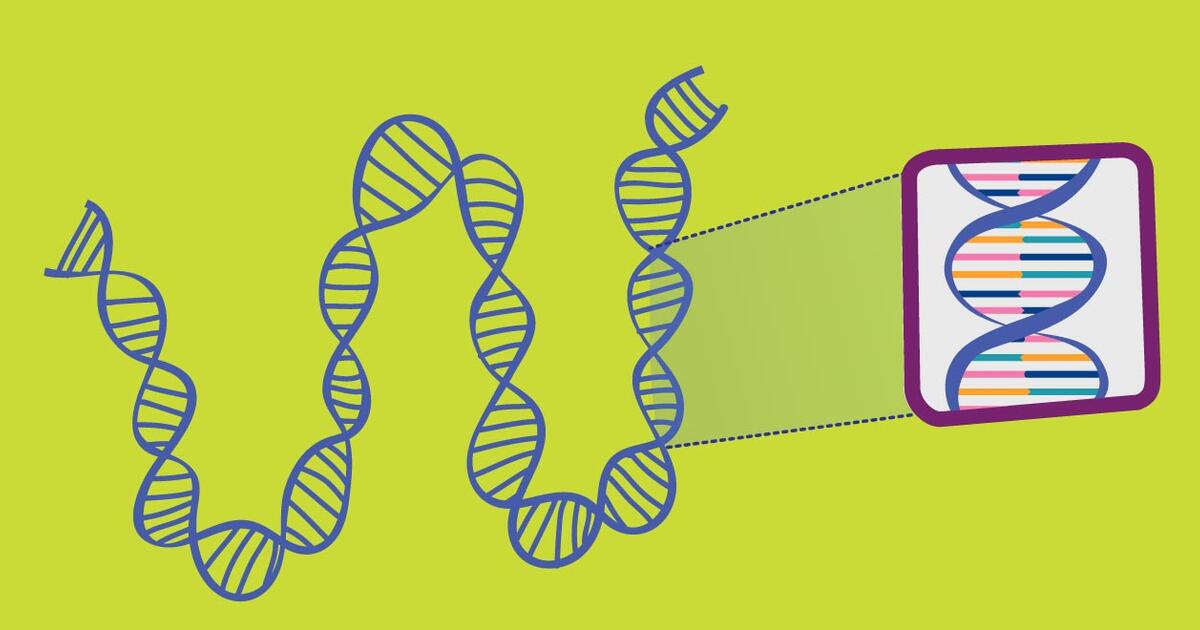
Core Competency Self-Assessment
Social Awareness & Responsibility in CLE 10

We created a brochure using our research of the careers we found interesting. We researched many parts and aspects of our careers including compatibility, outlook, workplace, skills, salary, and education. After we completed our brochures, we were tasked with presenting our brochure to a small group of people. When you weren’t presenting you listened to your group member’s presentations and gave them feedback at the end, I listened to my group members and gave them feedback in a respectful manner. I learned how to research information on possible future careers and I created a brochure based on my thorough research.
My Digital Footprint
Creating a Positive Digital Footprint
https://www.flipsnack.com/jsdgnjdfjkdf/digital-footprint.html
I used this program because I was familiar with the program, I couldn’t fit 2 more photos since each one would’ve taken up a whole page and would make it messy.
Personal/SocialCompetency
I know that my digital footprint can have both positive and negative consequences, including harming me in the future so I adjust my actions by not making my account public and being cautious of what I post.
I make digital ethical choices such as not publicly fighting in order to create a healthy environment.
Some of my preferred strategies for maintaining a healthy, balanced online presence include refraining from bad language and negative comments online
My American Revolution Flipbook
https://www.flipsnack.com/jsdgnjdfjkdf/american-revolution.html
Media Fluency Reflection
- How was the ease of access in building your flipbook, despite this being the free and limited version of the software?
1) Pretty good, the paid version was not blocking your ability to create or share a flipbook.
- Were you able to apply the skills you learned in the planning stages appropriately to a digital environment?
The steps were easy to follow and the website was simple and helpful.
- What were the sources you researched that made this an “authentic make-believe” American Revolution flipbook?
- wikipedia.org
- https://www.history.com/topics/american-revolution
- https://repeatingislands.com/2009/12/17/john-paul-jones-from-scotland-to-the-caribbean/
- https://www.mountvernon.org/library/digitalhistory/digital-encyclopedia/article/nathanael-greene/
- Is there other software online that could have done the job better? Did you use another software instead? Explain.
None that I know of.
